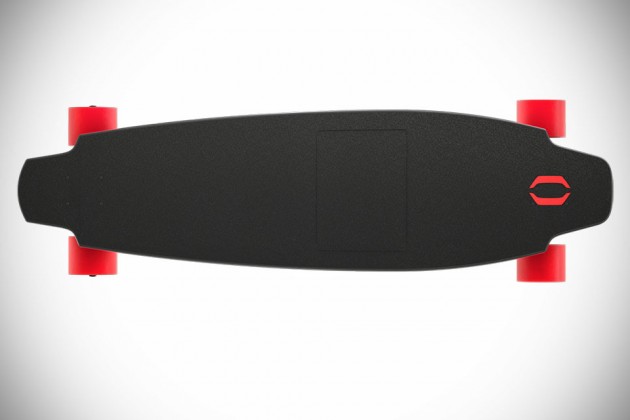
Another first for electric-powered skateboards is swappable battery, which allows you to swap out depleted battery for fresh one, so you can continue the kick-free commute. The companion app also allows you to dictate the top speed and rate of acceleration, and even hook you up with other Monolith riders.
Inboard monolith Bluetooth#
Communication between the board and remote or app is through Bluetooth LE. Control over the skateboard speed is achieved through the use of a dedicated RFLX remote or if you so desired, though your smartphone using a companion app. Like electric drive automobiles, the Monolith also boast regenerative braking, harvesting the energy generated during braking and puts them back into the battery. In fact, it looks almost like any traditional longboard with no hint that it is actually electric-powered.

In-wheel motors also gives it a boost in the aesthetic department since no external motors are visible. Driven by patented, weather-resistant Manta Drive in-wheel direct drive motor, the Monolith as it is called, negates the need for external belt system and therefore achieving significant weight saving and drive efficiency. If those two things irk you, then look no further than the Inboard‘s electric skateboard – the world’s first and only skateboard with in-wheel motors, which pretty much eliminates both aforementioned ‘issues’ with today’s electric skateboards. They could save you some leg works when shuttling between point A and point B, but until now, they plagued by weight issue and they are anything but discreet meaning the external motor(s) makes them pretty unsightly. In addition, recent extensions to the on-line calibration scheme used in GEO 600 are briefly discussed.Electric-powered skateboards are ok. This report highlights some of the major commissioning steps that have contributed to the increase in sensitivity of the instrument over the period from December 2003 to December 2004.

The commissioning process involves many activities in the areas of noise reduction, calibration, operational stability and characterization. Almost all of the major installation work at GEO 600 is already completed and the detector is currently being commissioned to prepare it for extended observation periods. GEO 600 is a long baseline laser-interferometric gravitational wave detector which employs advanced optical and suspension techniques to reach its design sensitivity. Together, these detectors form a global network which will search for gravitational waves from various astrophysical sources, such as continuous wave signals from rotating neutron stars, transient signals from, for example, inspiralling compact objects and supernovae explosions, and stochastic gravitational wave signals from the early universe. This prototype has been used to calibrate instruments with the capability of driving tiny displacements, such as nanopositioning stages and high resolution capacitive transducers with high accuracy.Ī number of gravitational wave detectors throughout the world are currently moving from the final stages of commissioning to a more continuous observational mode. For this purpose, two heterodyne Mach-Zehnder interferometers were combined on an ultra-stable glass-ceramic baseplate. Within the framework of this thesis the hydroxide-catalysis bonding technique has been adopted in their laboratories. A stability of better than 1pm/sqrt (SAGM) in China.

The use of polarising components enables to utilise all the light power in on-axis (normal incidence) configurations. These techniques have been used to manufacture three quasi-monolithic optical benches with the focus on space-based missions, such as LISA or GRACE follow-on.įirst, an optical bench consisting of polarising components was setup. In the course of this thesis several techniques for the construction of ultra-stable optical systems able to satisfy the demanding requirements of high precision, low frequency space interferometry were developed.


 0 kommentar(er)
0 kommentar(er)
